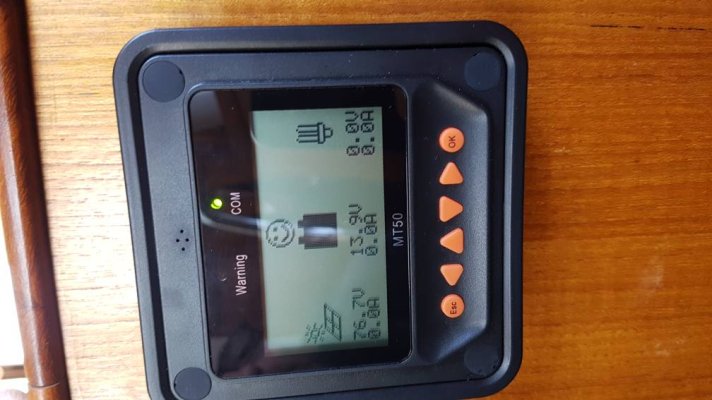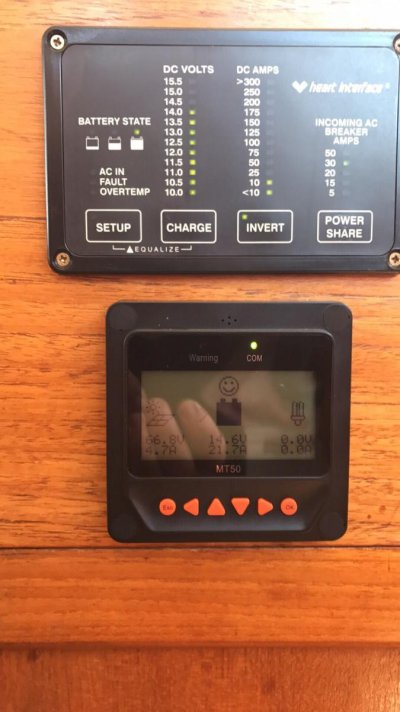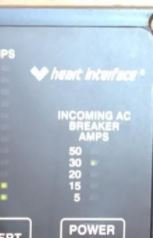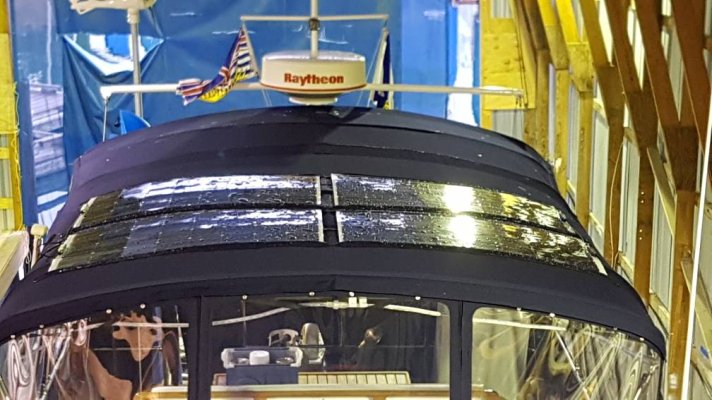senangsekali
Senior Member
I now have 4 100W flexible panel on top of my bimini. They are attached with zippers and flaps over the zippers to protect them, so they will not come off. I have the panels wired in series to make 48v and 5.6 amps. Mppt controller. I have a pic of the remote panel attached. Does anyone have any comments or suggestions weather to go all series or parallel or combination of both. I have four 6volt trojan L16's la wired serial/parallel for my house and one 4d for my starter.
Thank ia

Thank ia




